10 stunning views of the desert from the air
Categories: Aerophoto | Africa | Asia
By Pictolic https://pictolic.com/article/10-stunning-views-of-the-desert-from-the-air1.htmlPhotographer George Shteymets flew a motorized paraglider over deserts around the world, from China to Africa and Antarctica, and took stunning pictures. A dozen of them are collected in this issue.
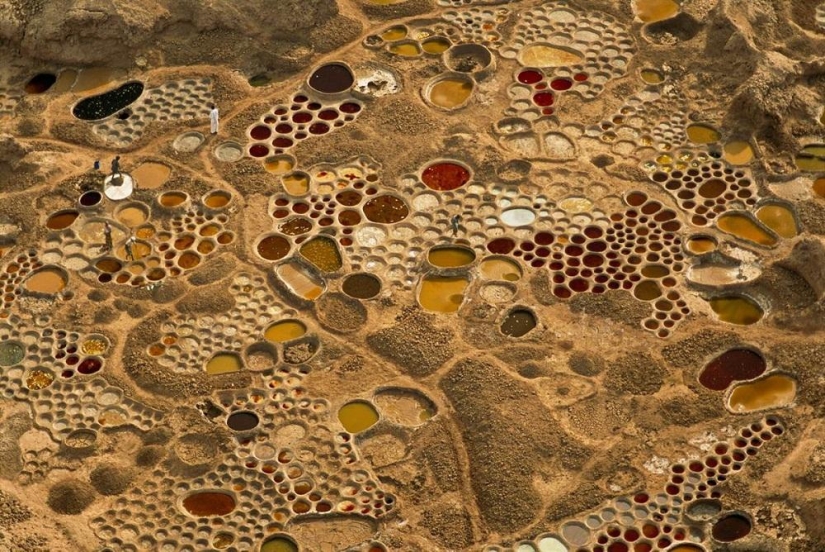
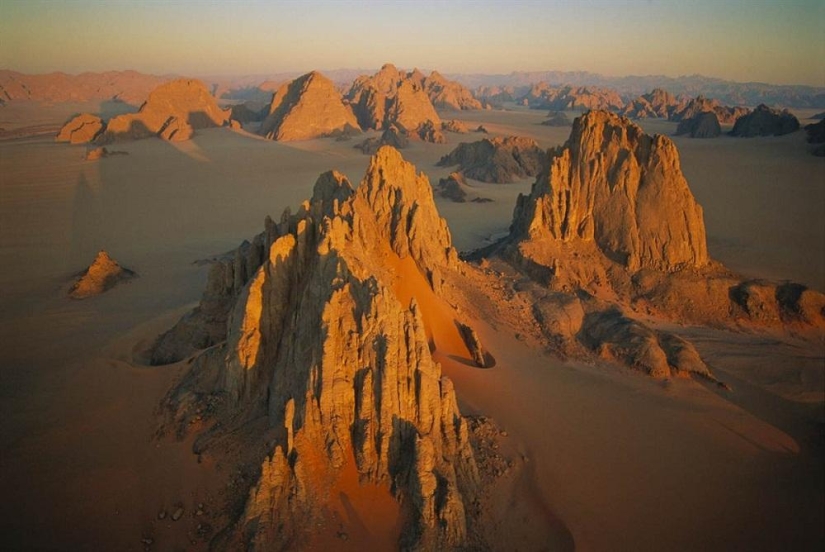
Sandstone hills break through orange dunes in the Tibesti region, a few kilometers from the border with Libya. Orange sand is formed as a result of erosion of Nubian sandstones.
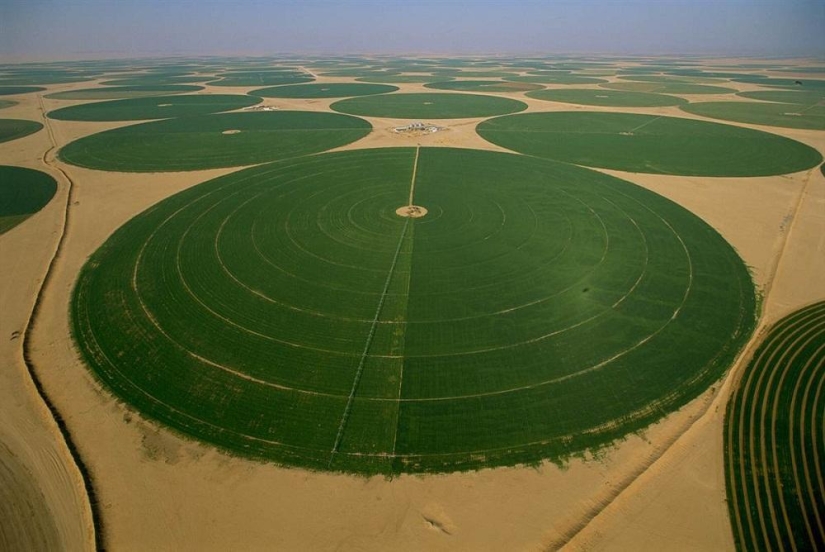
Growing alfalfa as animal feed on irrigated lands in the desert on the edge of Wadi al-Dawasir. Each circle is almost a kilometer in diameter. Water and fertilizers are sprayed to make the land at least a little more fertile. The water comes from a well 100-200 meters deep, where it accumulated as a result of rains hundreds or even thousands of years ago. There has been no precipitation here for 20 years.

A flock of rare flamingos on a lake in Bolivia, which is located at an altitude of 4260 meters in the Andes. The water is colored with red algae, which bloom thanks to the nutrients contained in the hot springs. There are several small borax islands on the lake, as well as the largest population of flamingos from all the reservoirs of the Altiplano desert. There are three species of flamingos: Andean, Chilean and James' flamingo.
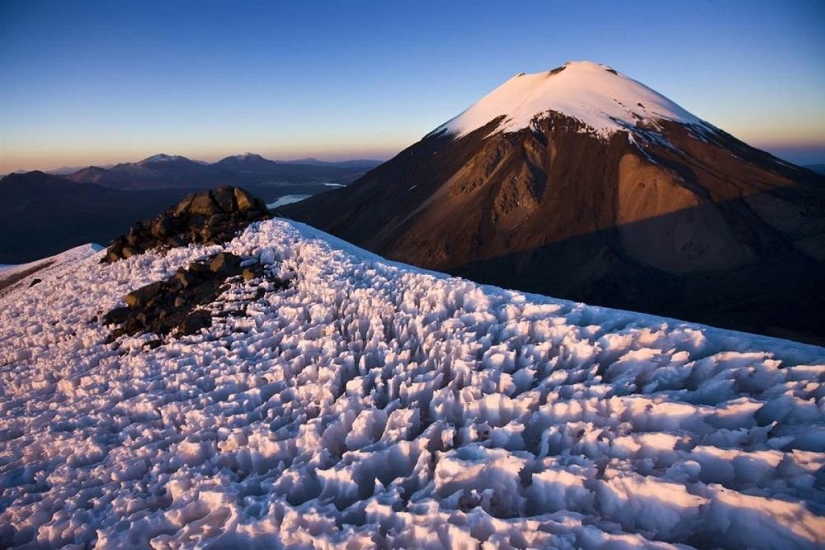
Ice of such an unusual shape is formed mainly in the high-altitude deserts of the Andes and Himalayas at an altitude of 6 thousand meters. Its formation is caused by a combination of melting and sublimation processes, evaporation of ice without an intermediate phase of water. The picture shows the volcano Parinakota with a height of 6342 meters. Its elevation above the permanent snow cover has accelerated over the past decades due to rapid climate change. On the left of Parinakoty is the Pomerape volcano.
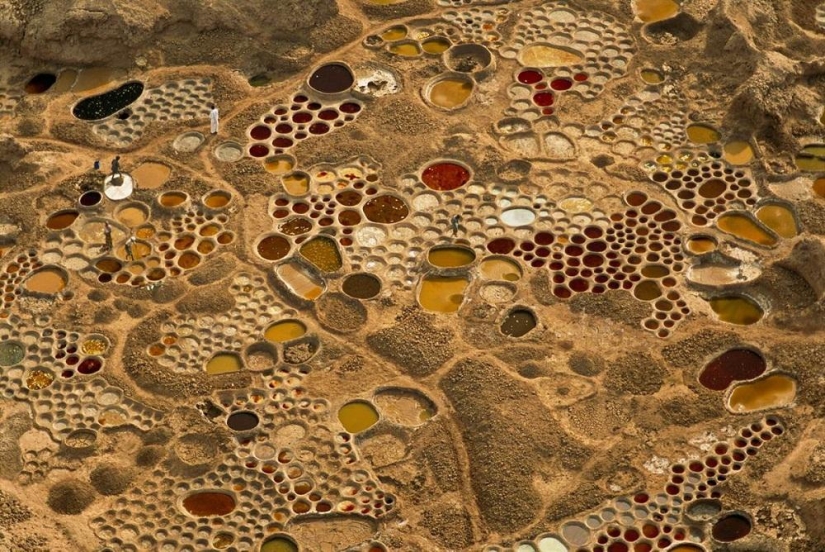
Saltwater pools look like a mosaic on the surface of the desert. Water from shallow wells is mixed with salty soil, resulting in a suspension. Colors and shades depend on the color of mud, algae and the amount of salt. Salt is consumed by local animals.
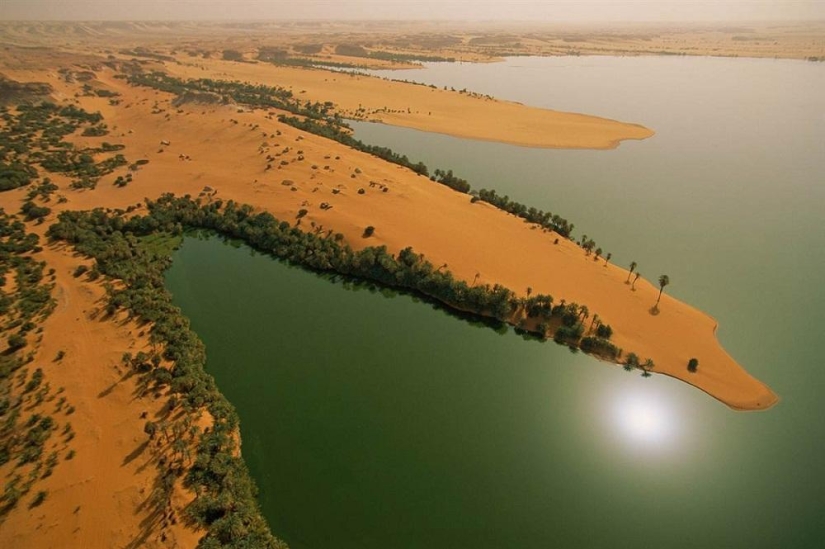
Small huts are scattered across the sandy peninsulas of Lake Unianga Kebir, also known as Yoa, in northern Chad. People live right under the date palms. Fresh water accumulated here as a result of rains 5,000 years ago, when the Sahara was a wet place, and is stored in large aquifers of Nubian sandstones that lie in the Central Sahara.
Water comes out of the mountains from time to time and dissolves in the sands. The Bedouins still graze their camels here.
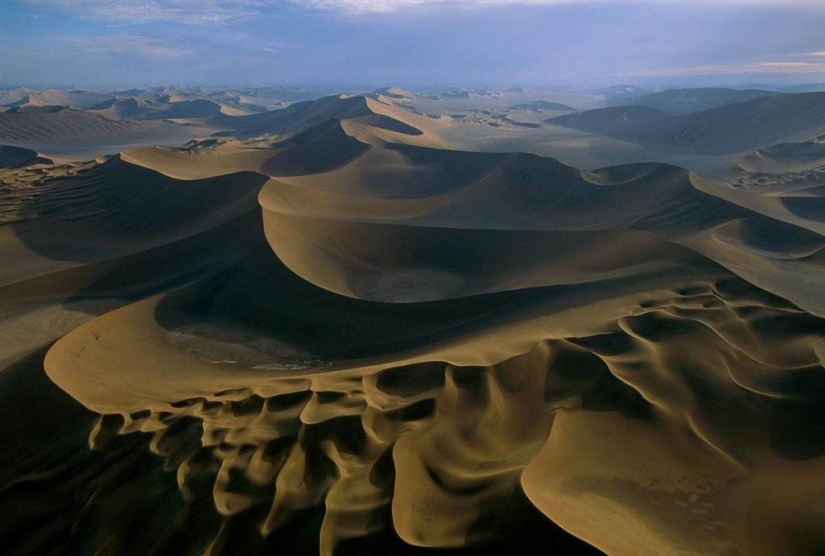
Megadunes reach more than 275 meters in height and stretch to more than 880 meters. They are formed as a result of strong winds lifting sand and silt from the place of the dried lake.
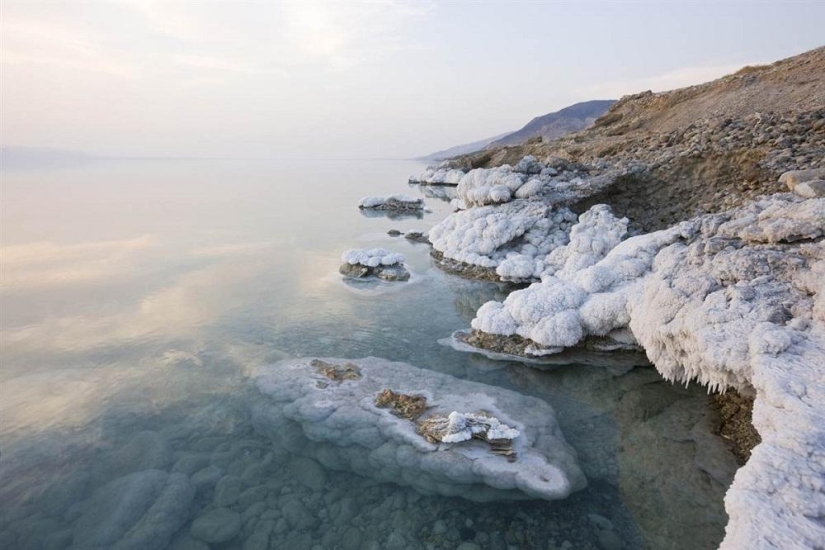
The Dead Sea is not only one of the saltiest bodies of water on the planet, but also the lowest point on the Earth's surface. On the Jordanian shore of the Dead Sea, as a result of the waves, a thick layer of stalactites and salt crystals was formed.
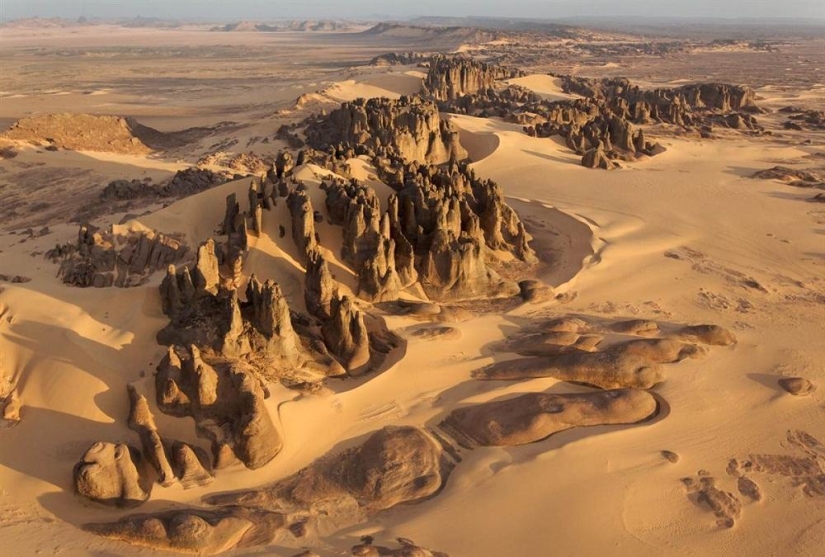
The beautiful peaks of the natural rocky sculptures were formed under the influence of the Harmattan winds of the Central Sahara.
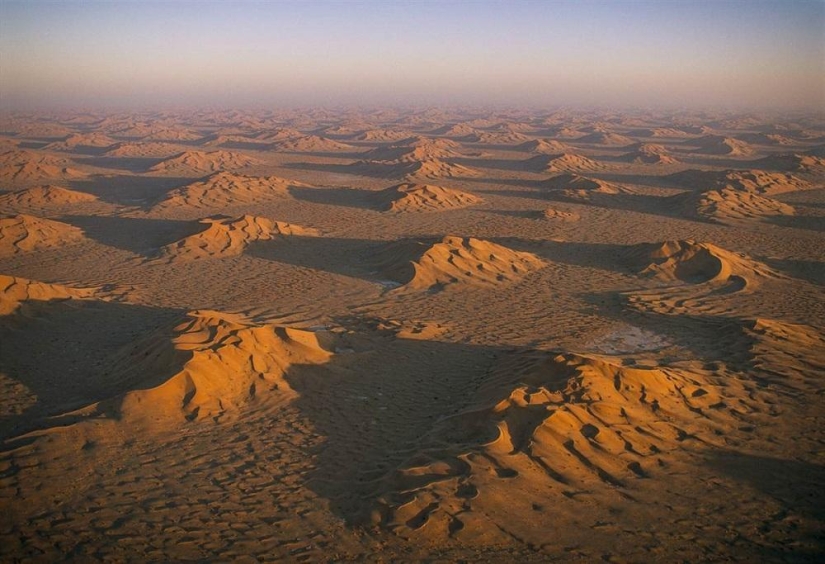
Rub-el-Khali, Oman.
Recent articles

American Alex Greenberg, who moved to China, collects funny and brain-bearing examples of Chinese fashion in his Shanghai Observed ...

New Year is a holiday of magic and fulfillment of wishes. Naturally, I want this holiday to be remembered for a long time and to be ...

In a recent issue of sexual harassment on everyone's lips. Inappropriate and Intrusive signs of attention began to see around, even ...